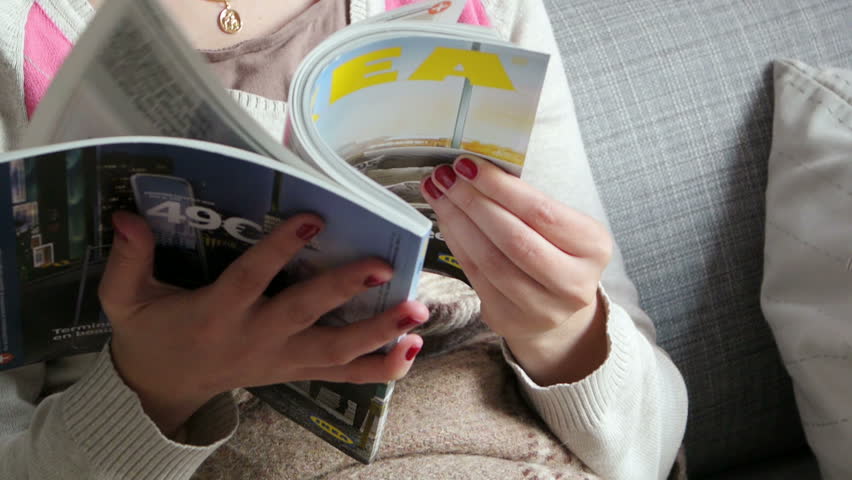 Short-termism … it’s the practice of concentrating on immediate gains or profits at the expense of long-term security. And some industry experts believe it’s rampant in current ad strategies.
Short-termism … it’s the practice of concentrating on immediate gains or profits at the expense of long-term security. And some industry experts believe it’s rampant in current ad strategies.
“Digital can produce cheap, quick results,” said Helen Bazuaye, global editor in chief of IKEA magazine. However… we’re coming to a tipping point where mistrust and familiarity with digital is starting to blunt its effectiveness.”
Bazuaye was part of a panel assembled by The Drum and Print Power to help understand why brands are moving their ad spend away from print.
“The roundtable started by discussing why print is so often spoken of in opposition to digital. There is general agreement that scale is the primary draw for advertisers, for who easy access to audiences at scale through the enormous digital ad networks,” writes Chris Sutcliffe in The Drum. “Despite that, the panel also believed that shifting entirely to digital is evidence of short-termism among advertisers, and that ultimately it might be self-defeating.”
Bazuaye believes some of it comes down to pre-existing assumptions. “We were told repeatedly print is dead – plus it’s expensive. Digital natives want stuff for free, so print is always going to be and seem a lot more expensive than a digital alternative.”
For others, like Elizabeth Stone of the John Lewis partnership, a focus on the short term is baked into their business flow. “We’re not spending in print as we need to justify budget on a year-by-year basis,” Stone explains. “It’s difficult outside of the marketing function to justify a long-term approach to brand building.”
Even though brands are painfully aware of the danger of unsafe digital ad environments and their audience’s dislike of electronic ads, they continue to pour the lion’s share of their ad dollars into digital. Yet as Sutcliffe notes, there is a wholesale reexamination underway of the value of print advertising.
“Between cover wraps, clever embedding of QR codes in print ads, and clever executions that appeal to the sense of touch, print allows advertisers to be hugely creative,” Sutcliffe writes, pointing to examples given by the panelists.
“There’s an element of creativity in print that you don’t always see in digital,” said Carat UK’s strategy partner Flora Kessler. “So much budget devoted to digital is can soak up the creativity along the way. How do we bring the two together in a consumer journey? We’ve done a lot of work with Cadbury crème eggs that have crossed the boundaries of print and digital.”
The needle is moving, as publishers do a better job of selling print ads and the related multiplier effect as part of a cross-channel effort, thanks in large part to a better understanding of real ROI, the kind that moves the bottom line.
“We know through using Bliss as a measurement tool that when we run an ad in the Evening Standard for example, we can track a spike in inquiries at particular times of the day when we know people are reading the newspaper,” noted Peter Markey, CMO of TSB. “So that’s an example of how digital and print can work in conjunction.”
This is the takeaway – the old days of massive print advertising is over; the mass market vehicles just aren’t there anymore to support that kind of scale. Yet that doesn’t mean print ads go away, Sutcliffe concludes, saying, “Instead, print campaigns of the future will trade off the creativity and tangibility of a printed product, delivering huge amounts of value to the advertisers that employ it as part of a wider strategy.”

January 27, 2020, 8:37 pm